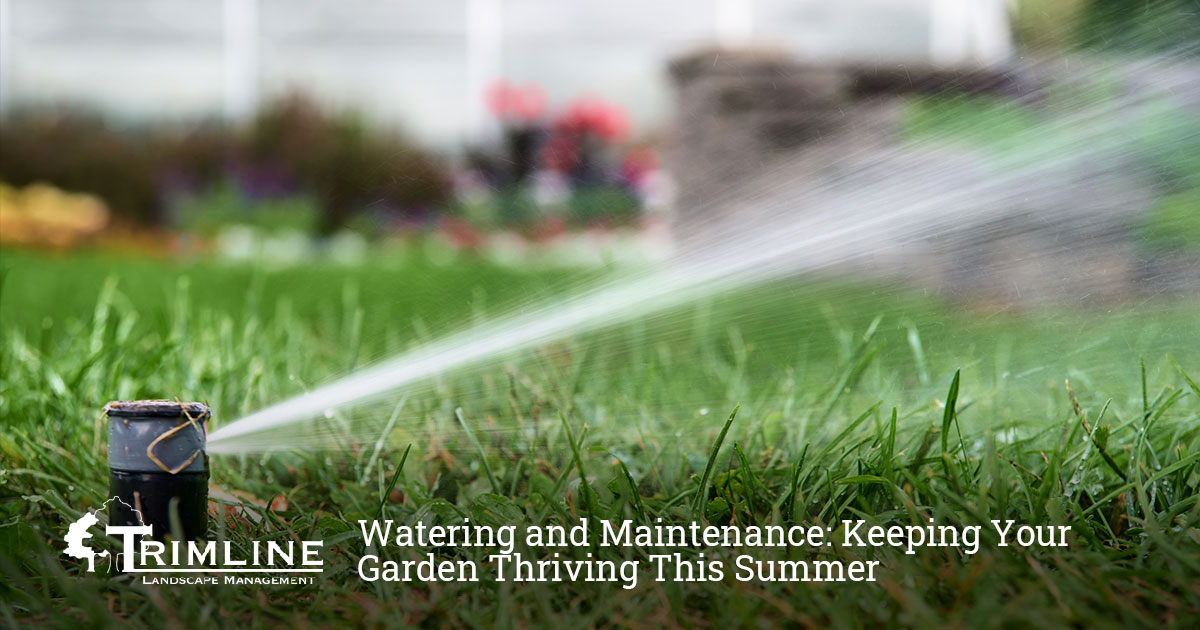Best Practices for Lawn Overseeding in Texas: A Complete Guide
By Innovation Grounds
When it comes to maintaining a beautiful and healthy lawn in Texas, overseeding is one of the most effective strategies. Texas is known for its diverse climate conditions, ranging from hot summers to chilly winters, which can make lawn care challenging. However, overseeding is a simple yet powerful way to ensure your lawn stays lush and vibrant throughout the year.
In this comprehensive guide, we will walk you through the best practices for lawn overseeding in Texas, providing expert tips and techniques to help you achieve a stunning lawn that thrives in the Lone Star State.
What is Lawn Overseeding?
Lawn overseeding involves sowing grass seed directly over an existing lawn to improve its thickness and density. This process can rejuvenate your lawn, help repair bare spots, and ensure your grass can better withstand Texas’s extreme weather conditions. By choosing the right grass type and following the proper overseeding techniques, you can create a robust lawn that stands up to the heat of summer and the cold of winter.
Choose the Right Grass Type for Texas
The first and most crucial step in successful lawn overseeding is selecting the right grass type. Texas has a wide range of climates, so the best grass for your lawn depends on your location and the specific conditions in your area.
Cool-Season Grasses: If you live in northern Texas or higher elevation areas, cool-season grasses like ryegrass or fescue are great options for overseeding in fall and winter. These grasses are designed to thrive in cooler temperatures and will provide a lush, green lawn during the colder months.
Warm-Season Grasses: For warmer areas like southern and central Texas, bermudagrass, zoysiagrass, and buffalo grass are ideal for spring and summer overseeding. These grasses grow best in the heat and will help keep your lawn thick and green during the hot summer months.

Time Your Overseeding for Optimal Results
Timing plays a critical role in the success of your lawn overseeding project. In Texas, the best times for overseeding vary depending on the grass type and the specific region you’re in.
Cool-Season Grasses: Fall is the perfect time for overseeding cool-season grasses in northern and central Texas. The moderate temperatures and increased rainfall during fall provide ideal conditions for seed germination.
Warm-Season Grasses: If you’re overseeding with warm-season grasses, the best time is late spring or early summer when temperatures consistently stay above 65°F. This will give your grass the warmth it needs to germinate and grow strong.
Pro Tip: Avoid overseeding during the peak of summer heat, as high temperatures can stress the grass seedlings and prevent successful germination.

Prepare Your Lawn for Overseeding
Before you start sowing seeds, proper lawn preparation is essential to ensure the seeds make good contact with the soil and have the best chance of germinating. Follow these steps to prepare your lawn for overseeding:
Mow Your Lawn: Start by mowing your lawn to a shorter height (about 1.5 to 2 inches) to allow the seeds to penetrate the soil more easily. Be sure to remove any clippings from the lawn.
Aerate the Soil: Aerating your lawn is an important step to promote seed-to-soil contact. Use a lawn aerator to create small holes in the soil, which will allow water, air, and nutrients to reach the grassroots. Aeration also helps the seed settle into the soil, giving it a better chance to germinate.
Rake and Remove Debris: After aerating, use a rake to remove any debris, thatch, or dead grass. This ensures that your seeds can come into direct contact with the soil.

Sow the Seeds Evenly
Once your lawn is prepared, it’s time to sow the seeds. Use a broadcast spreader to evenly distribute the grass seed across your lawn. Be sure to follow the recommended seeding rate for your specific grass type.
Overseeding Rate: Generally, you’ll want to apply about 3 to 5 pounds of seed per 1,000 square feet. However, check the seed packaging for specific recommendations.
Pro Tip: Consider overseeding in a crisscross pattern to ensure an even distribution of seed.

Watering and Maintenance
After overseeding, watering is crucial for seed germination and the overall success of the project. Here’s how to water your lawn for optimal results:
Water Consistently: Keep the soil moist (but not soggy) for the first few weeks after overseeding. Light, frequent watering is best until the seeds begin to germinate.
Gradually Reduce Watering: As the grass begins to establish itself, reduce the frequency of watering. Transition to a deeper, less frequent watering schedule to encourage strong root development.
Fertilize: Apply a balanced fertilizer after the grass has germinated to give it the nutrients it needs to grow strong and healthy. Be sure to choose a fertilizer that’s appropriate for your grass type.

Post-Overseeding Lawn Care
After overseeding, it’s important to continue maintaining your lawn properly to ensure long-term success. Here’s what to do:
Mow Regularly: Once your grass reaches about 3 inches in height, begin mowing regularly. This will help the grass grow thick and strong while preventing weeds from taking hold.
Keep Weeds in Check: Weeds can compete with new grass for water, nutrients, and sunlight. Be proactive in managing weeds through regular lawn care and consider using an appropriate herbicide if necessary.
Aerate Annually: To maintain a healthy lawn, consider aerating your lawn once a year to improve soil health and reduce compaction.

Conclusion
Lawn overseeding is one of the most effective ways to maintain a thick, lush lawn in Texas, but it requires the right timing, preparation, and ongoing care. By following these best practices for overseeding, you can ensure that your lawn remains vibrant and healthy, even in the challenging Texas climate. Whether you’re dealing with the heat of summer or the chill of winter, overseeding can help your lawn thrive year-round.
With the right approach, your Texas lawn will be the envy of the neighborhood, providing a beautiful outdoor space for you and your family to enjoy.


